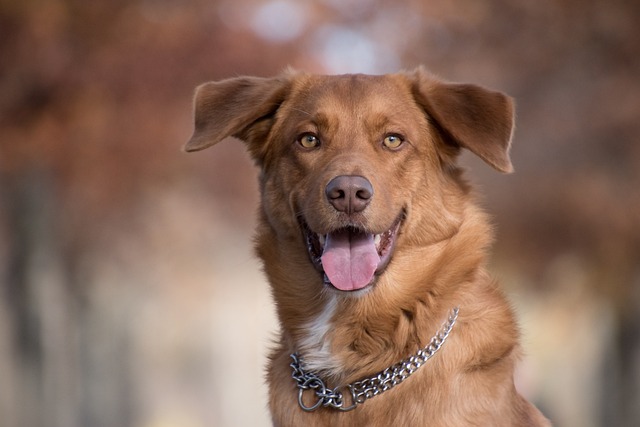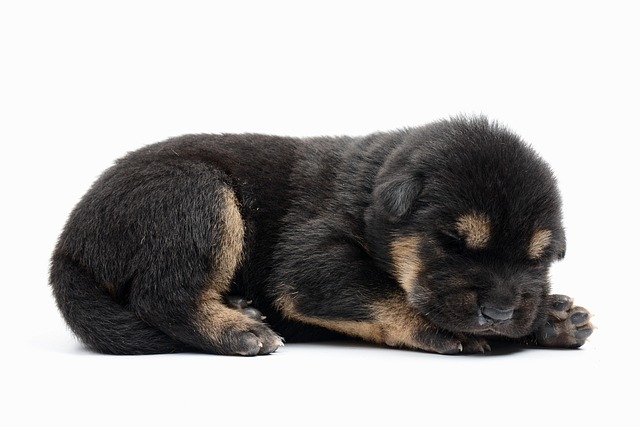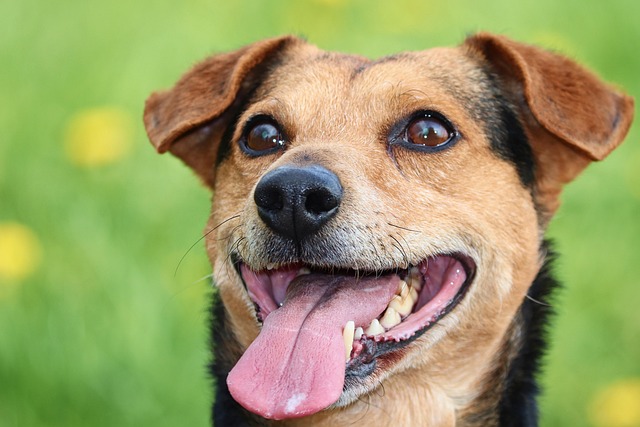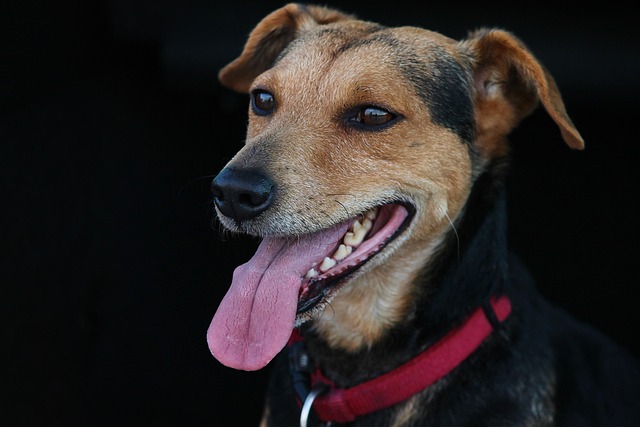
Precautions for raising a dog when the temperature suddenly drops
As the cold wind howls outside the window and the temperature plummets overnight, while you wrap yourself in a thick cotton coat,
When we look at our pet dogs, those bright eyes carry dependence and trust. However, dogs' eyes are fragile and sensitive, and accidental injuries or sudden illnesses may threaten their vision at any time. In the face of emergency conditions in dogs' eyes, every minute is related to the continuation of light. Mastering scientific and professional first aid methods is the key line of defense to protect the clear vision of fur children.
The reasons for dog eye injuries are complex and varied. It may be that the cornea is scratched by branches while playing, or it may be accidentally exposed to irritating chemicals, or acute inflammation caused by eye infection. When the owner finds that the dog frequently scratches his eyes, his eyes are red and swollen, tears are flowing, secretions increase, and even symptoms such as white eyeballs, fear of light and unwillingness to open eyes appear, he must be alert immediately. These are all dangerous signs of eye emergencies.
When encountering foreign objects invading the eyes, such as dust, hair, etc., the safest and most effective way to deal with it is to rinse with sterile saline. Fix the dog gently, pad the cheek with a clean cotton ball or gauze to prevent scratching, hold the eyewash bottle, and slowly rinse from the inner corner of the eye to the outside, using the power of the water flow to flush out foreign objects. Avoid the bottle mouth touching the eyes when rinsing to prevent secondary contamination. If the dog still shows discomfort after rinsing, seek medical attention immediately, because tiny particles that are difficult to detect with the naked eye may have scratched the cornea.
 Chemical burns are extremely dangerous eye emergencies. Once the dog comes into contact with irritants such as detergents and disinfectants, it should be rinsed with plenty of clean water as soon as possible, and continue to rinse for at least 15 to 30 minutes to dilute and remove the chemicals as much as possible. When rinsing, the eyelids need to be turned over continuously to ensure that every corner of the conjunctival sac is thoroughly rinsed. During this process, the dog may struggle with pain, and the owner needs to remain calm and seek help from others to fix it to avoid chemical residues due to incomplete rinsing, which may cause permanent damage. After rinsing, gently cover the injured eye with clean gauze to prevent infection, and immediately send it to a pet hospital for professional treatment.
Chemical burns are extremely dangerous eye emergencies. Once the dog comes into contact with irritants such as detergents and disinfectants, it should be rinsed with plenty of clean water as soon as possible, and continue to rinse for at least 15 to 30 minutes to dilute and remove the chemicals as much as possible. When rinsing, the eyelids need to be turned over continuously to ensure that every corner of the conjunctival sac is thoroughly rinsed. During this process, the dog may struggle with pain, and the owner needs to remain calm and seek help from others to fix it to avoid chemical residues due to incomplete rinsing, which may cause permanent damage. After rinsing, gently cover the injured eye with clean gauze to prevent infection, and immediately send it to a pet hospital for professional treatment.
Corneal ulcer is a common and serious eye disease, mostly caused by infection or trauma. The initial manifestation is gray-white spots on the eyes. As the disease progresses, the cornea may be perforated, leading to vision loss. If you find that your dog's cornea is abnormal, do not use medication on your own, and go to the hospital immediately. On the way to the hospital, you can use a medical eye mask or clean gauze to gently cover the eyes to reduce light stimulation and external friction. Doctors usually confirm the diagnosis through fluorescent staining examination and prescribe antibiotic eye drops or eye ointment. In severe cases, surgical intervention may be required.
Eyeball prolapse is the most distressing eye emergency, often caused by a violent impact or pulling on the head. When seeing a dog's eyeball prolapse out of the eye socket, the owner often panics, but it is crucial to stay calm at this moment. Do not try to push the eyeball back into the eye socket by yourself. Wrong operation may cause the eyeball to rupture. Immediately rinse the eyeball with a large amount of saline or clean mineral water to keep it moist, and then gently cover the prolapsed eyeball with moist gauze to prevent drying. On the way to the hospital, try to keep the dog quiet and avoid bumps. This situation is a medical emergency and requires eye repositioning or removal surgery as soon as possible.
During the first aid process for the dog's eyes, the owner's emotions and actions are crucial. Panic may not only increase the dog's fear, but also affect the first aid effect. Only calm and professional treatment, combined with timely medical treatment, can give the dog the best treatment opportunity. At the same time, daily prevention should not be ignored. Regularly check the dog's eyes, avoid exposing them to dangerous objects, and pay attention to environmental safety during outdoor activities are all effective measures to reduce the occurrence of eye emergencies.
The dog's eyes are the windows of the soul, reflecting their love and dependence on their owners. When this window encounters haze, it is our responsibility to use professional first aid knowledge and warm care to dispel the darkness for them and relight the light in their eyes. Every correct first aid action is an affectionate response to this trust. I hope that every dog can always have bright and clear eyes under the protection of their owners.

As the cold wind howls outside the window and the temperature plummets overnight, while you wrap yourself in a thick cotton coat,

As you sit at the dining table enjoying a meal, your Teddy’s round eyes fix tightly on the food in your hand, filled with longing,

Dogs frequently scratch, their skin turns red, and their eyes water. These symptoms make many pet owners feel pain in their eyes. When faced with dog allergies, everyone is eager to find an effective solution.

In the quiet of the night, you see the soft dog house that was carefully prepared empty, while your beloved dog curls up in the corner of the wall,

When the once gentle and clingy fur baby suddenly bares its teeth at you or launches unprovoked attacks on other people and animals,

When we look at our pet dogs, those bright eyes carry dependence and trust. However, dogs' eyes are fragile and sensitive, and accidental injuries or sudden illnesses may threaten their vision at any time.